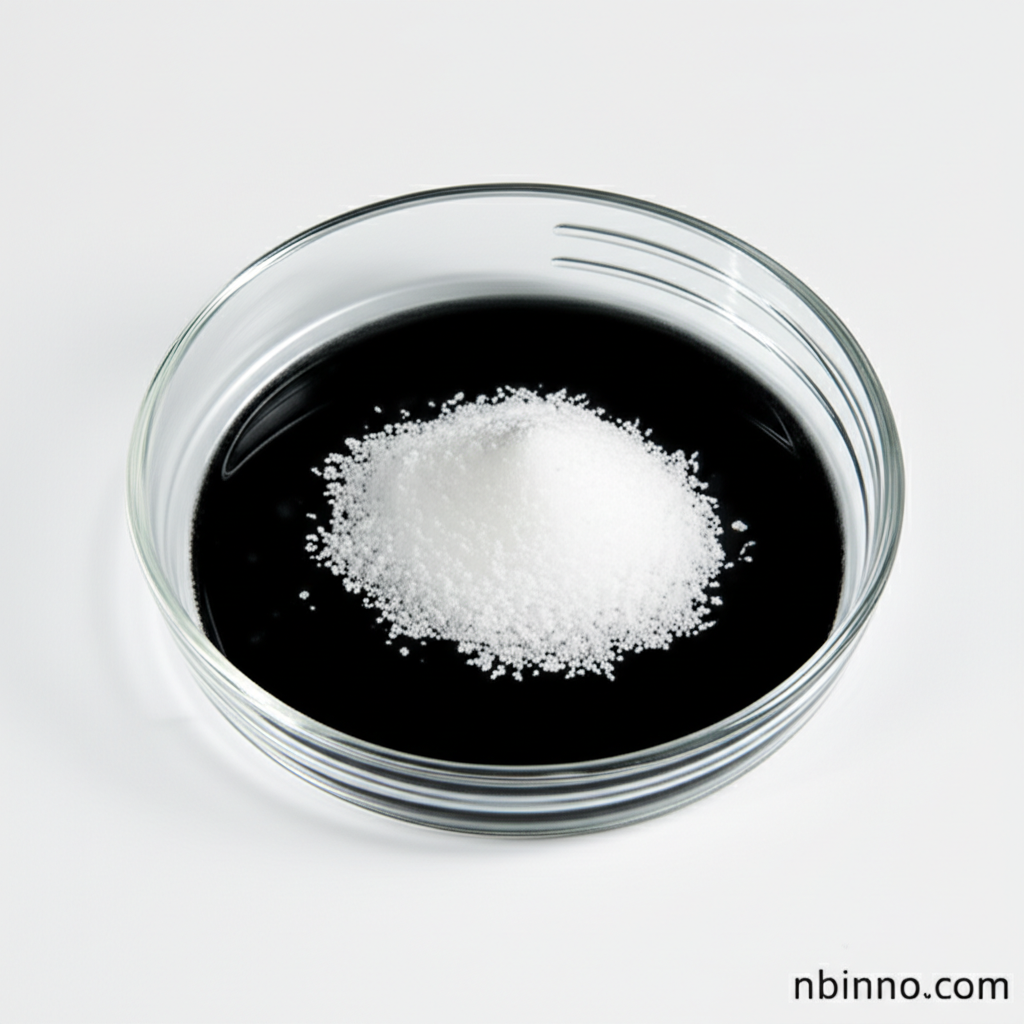Polyethylene Glycol Methyl Ether Acrylate (M.W. 2000): Properties, Applications, and Synthesis for Advanced Materials
Discover the versatile applications and key properties of this essential chemical for advanced material science and biomedical innovations.
Get a Quote & SampleProduct Core Value

Polyethylene Glycol Methyl Ether Acrylate
Poly(ethylene glycol) methyl ether acrylate (PEGMEA) is a crucial chemical substance that offers a unique combination of properties for a wide array of applications. Its PEG chain provides hydrophilicity and biocompatibility, while the acrylate group enables polymerization, making it ideal for advanced material development and surface modifications.
- Explore the PEGMEA synthesis methods, including esterification and free radical polymerization, to understand its production.
- Leverage the PEGMEA applications in material science for preparing high-performance polymer materials with tailored properties.
- Enhance material surfaces using PEGMEA for improved biocompatibility and reduced fouling in demanding environments.
- Understand the chemical properties of PEGMEA, such as its solubility and density, for effective formulation and application.
Key Advantages
Enhanced Polymerization
The polymerizable methacrylate group in PEGMEA allows for its incorporation into various polymer structures, offering precise control over material properties through polymerization reactions.
Superior Surface Modification
PEGMEA is instrumental in surface modification, significantly improving biocompatibility, anti-fouling characteristics, and lubricity of materials for diverse applications.
Broad Material Science Utility
Its ability to copolymerize with other monomers makes PEGMEA a valuable tool for adjusting mechanical properties, thermal stability, and optical characteristics of resulting polymer materials.
Key Applications
Advanced Polymer Synthesis
Utilize PEGMEA as a monomer to create innovative polymer architectures with customized physical and chemical attributes for specialized uses.
Biomedical Materials
Develop biocompatible hydrogels and coatings for medical devices and drug delivery systems, leveraging PEGMEA's inherent biocompatibility and stimuli-responsive potential.
Surface Functionalization
Modify material surfaces to impart resistance to biofouling and improve lubrication, crucial for applications in membranes and other critical surfaces.
Stimuli-Responsive Surfaces
Create advanced surfaces that respond to external stimuli, enabled by the controlled incorporation of PEGMEA into polymer networks.
